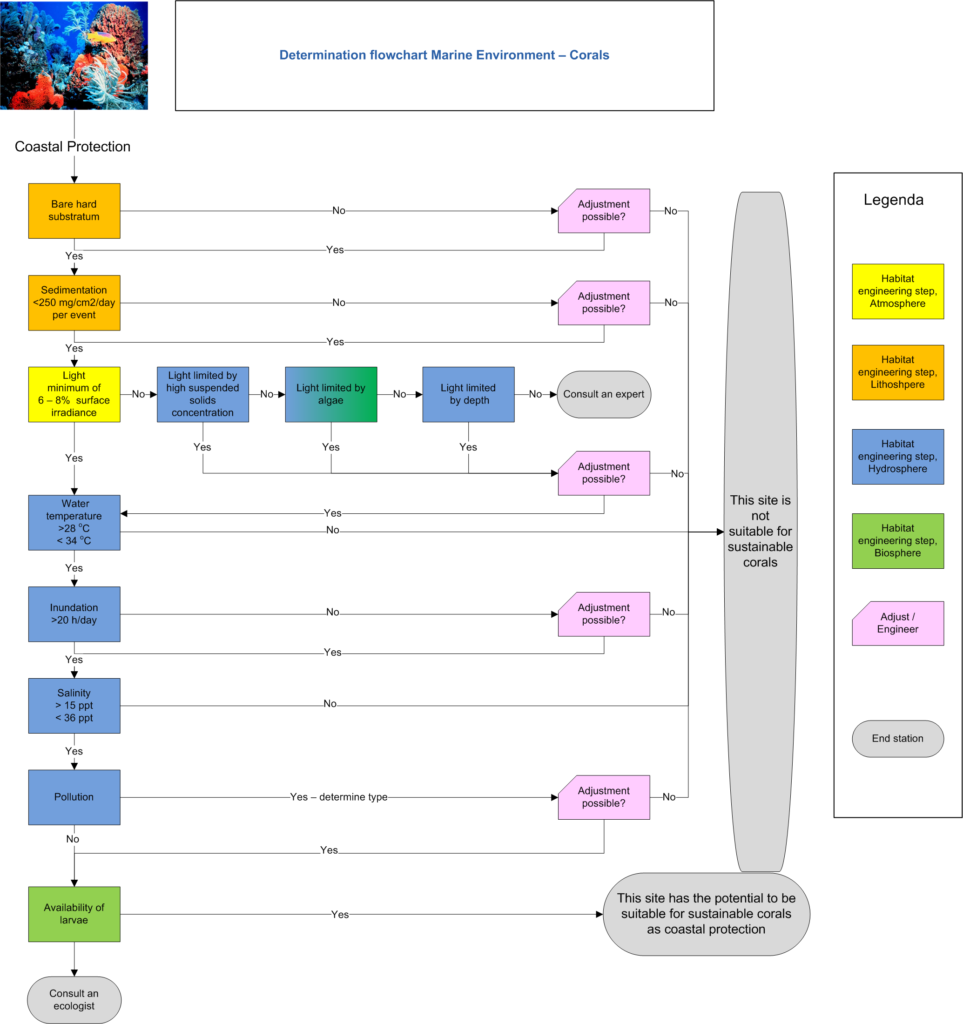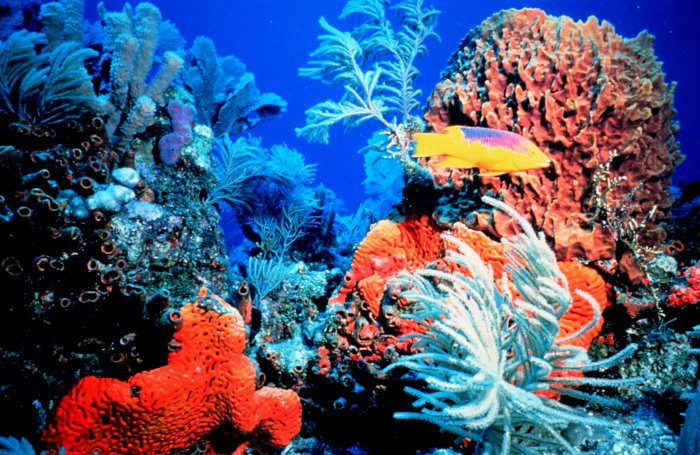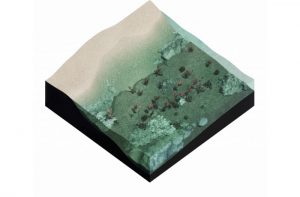How to Use
If an ecosystem engineer is considered to be included in a design for coastal protection or coastal rehabilitation, several questions need to be answered:
- Is it possible to create a suitable habitat for a specific ecosystem in the project area?
- What would be the envisaged (protection) services of this system?
- To what extent can the ecosystem contribute to the primary (protection) function of the design and how does this affect the design itself? For example, what dimensions of a coral reef are needed to reduce erosion or stabilize sediment? And what dimensions to act as an efficient dissipator of wind and waves?
- What effects do the ecosystem engineers in this ecosystem have on the existing physical, ecological and socio-economical system?
- What are the costs, uncertainties and risks involved when including those ecosystem engineers in the design?
In this Concept, the focus lies on the habitat requirements for corals. The determination flowchart gives a first answer to the suitability of the project area as a habitat for corals. Other questions can be elaborated in subsequent or parallel steps.
Determination flowchart
The determination flowchart is based on the habitat requirements described in the general introduction and helps the user to define the possibilities for coral establishment and/or restoration. It also provides an indication whether the area could be considered suitable for corals to provide an ecosystem service for coastal protection. The goal of the determination flowchart is to give a low-threshold and low-cost first indication, usually in an early stage of a project, whether corals are a viable option for coastal protection. It can also be employed to determine if restoring or improving existing coral reefs is an option, as it can suggest due to which problem(s) coral development stagnates.

The potential regulatory ecosystem services of corals are:
• The coastal protection value, e.g. erosion control, storm and flood protection by dissipating wave energy.
• Providing a sustainable barrier growing with (relative) sea-level rise.
• Enhancing other ecosystems by interactions of physical (hydrodynamic energy), chemical (sediment and nutrient) and biological (organisms) factors.
Other ecosystem services, such as the provisional (e.g. food), cultural and supporting services are not evaluated here.
Current Situation
Before employing the flowchart it is important to establish which (eco)system is present in the current situation and which function(s) it holds. Creating something new always comes at the cost of what presently exists. If a certain ecosystem is present, like a tidal flat, coral reef, seagrass meadow or salt marsh, it is necessary to understand that system in order to be able to prevent its degradation. Communities may even enhance each other: a coral reef, for instance, can dissipate wave energy and create a sheltered area for seagrasses. The analysis of the current system should extend beyond the project site and consider adjacent systems. One reason is that coastal protection works usually have a large influence on the sediment budget and hence on adjacent coasts, another is that adjacent communities may produce seedlings for natural settling in the project area.

It is important to keep in mind that a present (eco)system can provide other functions, such as cultural or supporting services, that may be lost by constructing something new. For example: creating a coral reef might be unsuitable in an anchorage area. If losing the current state is considered acceptable and if it is replaced by a (new) coral reef that provides the desired ecosystem service, the determination flowchart can be utilized.
The goal of the flowchart is to address the following question:
‘Does the intended project area have potential to (re-)establish a sustainable coral reef which provides the desired ecosystem services?’
The flowchart aims to provide an initial indication, as the dynamics are too complex to comprise in a basic and generic tool like this. If the flowchart indicates potential, an expert should be consulted to allow for more detailed knowledge to incorporate corals in the engineering stage of a project. Information on the creation on artificial reefs can be found on the page Artificial Reefs.
Interpretation
Before employing the flowchart, several items have to be considered. First of all, corals mainly occur in tropical environments. Secondly, contamination will hamper coral establishment and growth. The possibility to remediate the soil or clean the water should be considered first, before going through the flowchart. Finally, fishing can be a threat to coral reefs, especially cyanide fishing, dynamite fishing and trawling. This means that in some cases regulations should be made or (re-)enforced to prevent these ecosystems being damaged.
When going through the flowchart, note that comments are available to interpret the values provided in the flowchart. Keep in mind that every location is unique and has characteristic dynamics. In addition, coral reef ecosystems are very complicated. This makes it challenging to give strict thresholds, which therefore often are not specified. Another aspect to consider before using the flowchart is the historic ecosystem presence in the area. If coral reefs were present in the past but absent or bleached in the present state, the history of the area is important to determine the cause and the chances of success in the future. Possible causes can be large scale climatological infrequent events or historic or current forms of (anthropogenic) pollution or unsustainable fishing methods (trawling, cyanide fishing, blasting).

